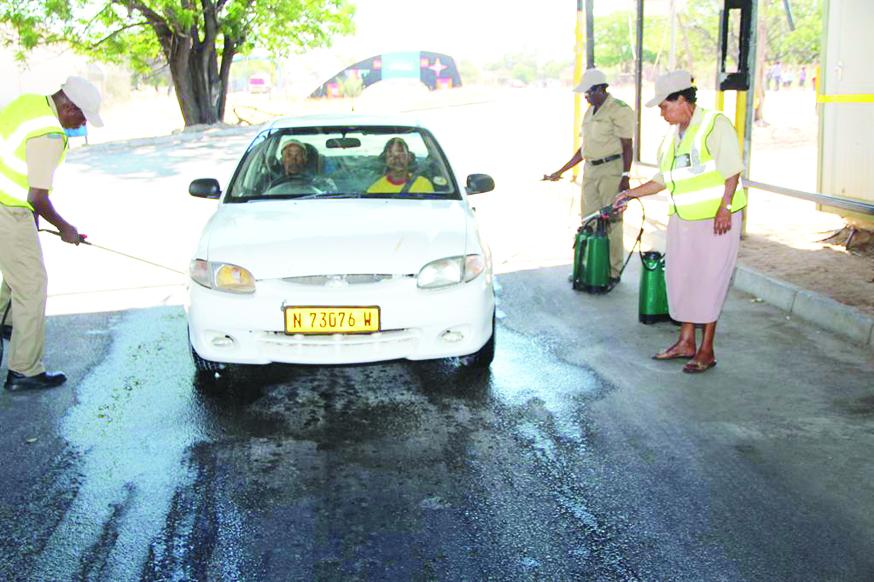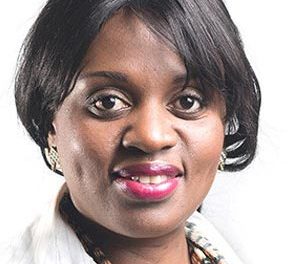
A lonely Kalili out on an economic limb

Namene Kalili distinguished himself this week by being the only local economist to realise that the recent Fitch “upgrade” was not an upgrade at all but only a technical adjustment to keep Namibia on the same level it was before South Africa was downgraded.
As Senior Research and Development Manager at First National Bank Namibia, Kalili became the first economist to point out that the Fitch adjustment is only relative to South Africa. Once their bonds were downgraded, it set a new, lower base for all other countries dependent on the so-called national rating. It therefore became axiomatic that Namibia must be upgraded to remain on its pre-SA-downgrade level.
“There has been some movement in economics recently with a Fitch ratings upgrade but also a Fraser Institute downgrade” Kalili said explaining that the Fitch review was a rating relative to South Africa and should not be confused with sovereign ratings. “This merely points out that default risks in Namibia are lower, but we must be mindful that SA was recently downgraded. Therefore, the latest review merely states that Namibia has a cleaner bill of health relative to the chronically ill SA economy. This should not be construed as a clean bill of health for Namibia” he added.
Regarding Namibia, he advised that the review was not particularly significant for Namibia. “It merely states that our bonds are healthier that the ‘sick’ SA bonds and is by no means a clean bill of health. Our sovereign ratings remain BBB-, investment grade with a negative outlook while SA foreign bonds have been downgraded to junk with a negative outlook.”
For Namibia to be positively rated in all aspects “we need to increase growth, decrease public debt, reduce the current account deficit, tame inflation and improve governance” he said.
On short-term expectations, Kalili commented “We believe that the economy will take longer than usual to recover from the current downturn for a number of reasons. Firstly, we are emerging from the worst drought since the eighties. Secondly, we don’t have any fiscal or monetary buffers to stimulate growth. Thirdly, high private and public debts have mopped up liquidity, an essential ingredient for growth. Finally, we have the biggest infrastructure gaps (housing, energy generation, water, rail, etc.) on record. We need to seriously address these infrastructure gaps before we can start thinking about sustainable production and export led growth. Consequently, growth will remain depressed until 2019, while we build up savings that eventually transition into investments and then production growth.”













































